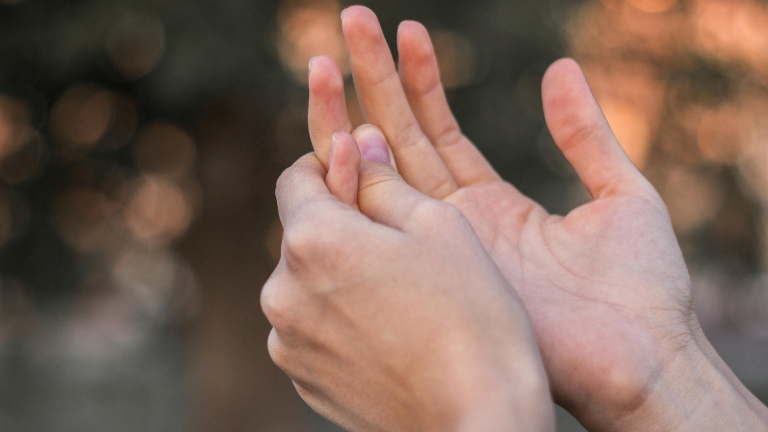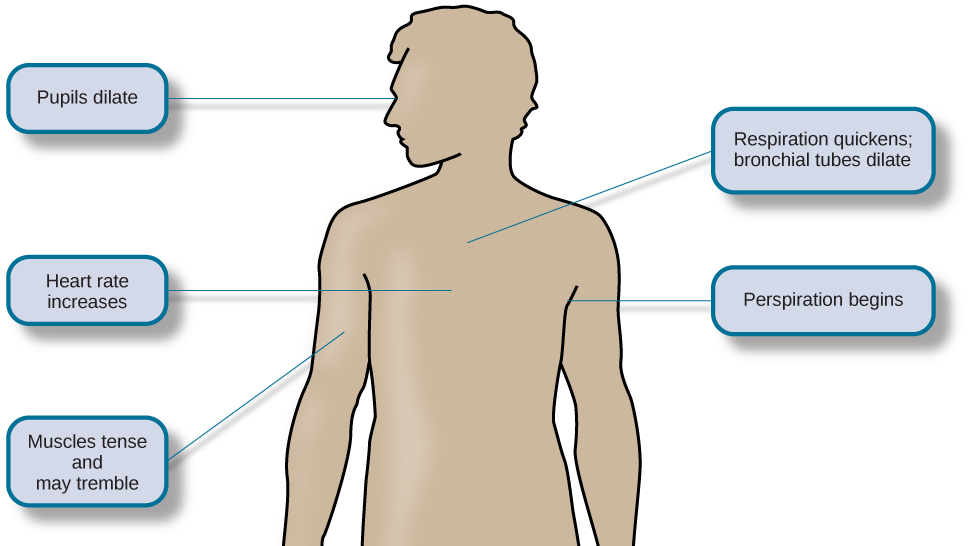Trigger finger, also known as stenosing tenosynovitis, is a condition that affects the tendons in the fingers or thumb. It causes pain, stiffness, and a sensation of locking or catching when bending or straightening the affected digit. This condition can significantly impact daily activities, making it difficult to grip objects or perform simple tasks. In this article, we will explore what trigger finger is, its causes, symptoms, and available treatment options.

What Is Trigger Finger?
Trigger finger occurs when the tendon that allows the finger or thumb to move becomes inflamed or irritated. Tendons are strong, fibrous cords that connect muscles to bones. In the hand, these tendons glide through a series of tunnels called tendon sheaths, which help them move smoothly. When the tendon or its sheath becomes inflamed, the tendon may not glide as easily, leading to the characteristic snapping or locking sensation associated with trigger finger.
This condition most commonly affects the thumb, middle finger, or ring finger, but it can occur in any digit. In some cases, multiple fingers may be affected at the same time. The name “trigger finger” comes from the way the finger can become stuck in a bent position, much like the trigger of a gun.
Causes of Trigger Finger
The exact cause of trigger finger is not always clear, but several factors can contribute to its development:
Repetitive Hand Movements
- Repeated gripping, grasping, or pinching motions can strain the tendons in the hand, leading to inflammation.
- Professions or hobbies that require frequent use of the hands, such as typing, playing musical instruments, or using hand tools, may increase the risk.
Medical Conditions
- Certain health conditions, such as diabetes, rheumatoid arthritis, and gout, are associated with an increased likelihood of developing trigger finger.
- These conditions can cause systemic inflammation, which may affect the tendons and their sheaths.
Injury or Trauma
- A direct injury to the hand or finger can damage the tendon or its sheath, leading to inflammation and scarring.
- Even minor injuries that go unnoticed can sometimes result in trigger finger over time.
Age and Gender
- Trigger finger is more common in individuals between the ages of 40 and 60.
- Women are more likely to develop this condition than men, although the reasons for this are not fully understood.
Symptoms of Trigger Finger
The symptoms of trigger finger can vary depending on the severity of the condition. Some individuals may experience mild discomfort, while others may find the condition debilitating. Common symptoms include:
Finger Stiffness
- Stiffness in the affected finger, particularly in the morning or after periods of inactivity.
- This stiffness may improve with movement but can return later in the day.
Popping or Clicking Sensation
- A popping or clicking sound or sensation when moving the finger.
- This occurs as the tendon moves through the narrowed tendon sheath.
Tenderness or Pain
- Pain or tenderness at the base of the affected finger, where the tendon sheath is located.
- The pain may worsen with activity or pressure on the area.
Finger Locking or Catching
- The finger may lock in a bent position and then suddenly pop straight.
- In severe cases, the finger may remain locked in a bent position, requiring manual manipulation to straighten it.
Nodule or Lump
- A small lump or nodule may develop at the base of the affected finger.
- This lump is caused by swelling in the tendon or its sheath.
Treatment Options for Trigger Finger
Treatment for trigger finger depends on the severity of the symptoms and how much the condition interferes with daily life. In many cases, conservative treatments are effective, but more advanced interventions may be necessary for persistent or severe cases.
Rest and Activity Modification
- Avoiding repetitive hand movements and activities that aggravate the condition can help reduce inflammation.
- Using ergonomic tools or modifying workstations may also alleviate strain on the tendons.
Splinting
- Wearing a splint at night can help keep the finger in a neutral position, preventing further irritation of the tendon.
- Splints are often recommended for mild to moderate cases of trigger finger.
Medications
- Over-the-counter pain relievers, such as ibuprofen or acetaminophen, can help manage pain and reduce inflammation.
- In some cases, a doctor may prescribe stronger anti-inflammatory medications if over-the-counter options are not effective.
Steroid Injections
- Corticosteroid injections can be administered directly into the tendon sheath to reduce inflammation and swelling.
- These injections are often effective in providing short-term relief, and multiple injections may be required for long-lasting results.
Physical Therapy
- Gentle stretching and strengthening exercises can improve flexibility and reduce stiffness in the affected finger.
- A physical therapist can design a personalized exercise program to address specific needs.
Surgery
- If conservative treatments fail to provide relief, surgery may be recommended.
- During the procedure, the surgeon makes a small incision to release the constricted tendon sheath, allowing the tendon to move freely.
- Surgery is typically performed on an outpatient basis and has a high success rate.
Preventing Trigger Finger
While it may not always be possible to prevent trigger finger, certain measures can reduce the risk of developing the condition:
- Taking regular breaks during repetitive tasks to rest the hands and fingers.
- Using proper techniques and tools to minimize strain on the tendons.
- Maintaining a healthy weight to reduce stress on the joints and tendons.
- Managing underlying medical conditions, such as diabetes or arthritis, to minimize inflammation.
When to See a Doctor
It is important to seek medical attention if you experience persistent symptoms of trigger finger. Early diagnosis and treatment can prevent the condition from worsening and reduce the need for more invasive interventions. You should consult a healthcare professional if:
- The finger remains locked in a bent position and cannot be straightened.
- Pain or stiffness significantly interferes with daily activities.
- Over-the-counter treatments do not provide relief.
A doctor can perform a physical examination and, if necessary, order imaging tests to confirm the diagnosis and rule out other conditions. Based on the findings, they can recommend an appropriate treatment plan tailored to your needs.





